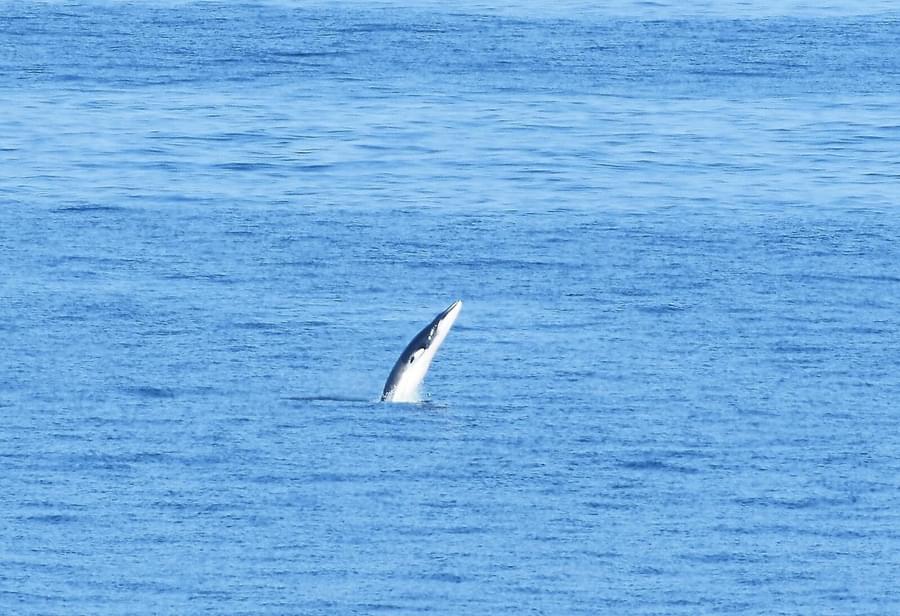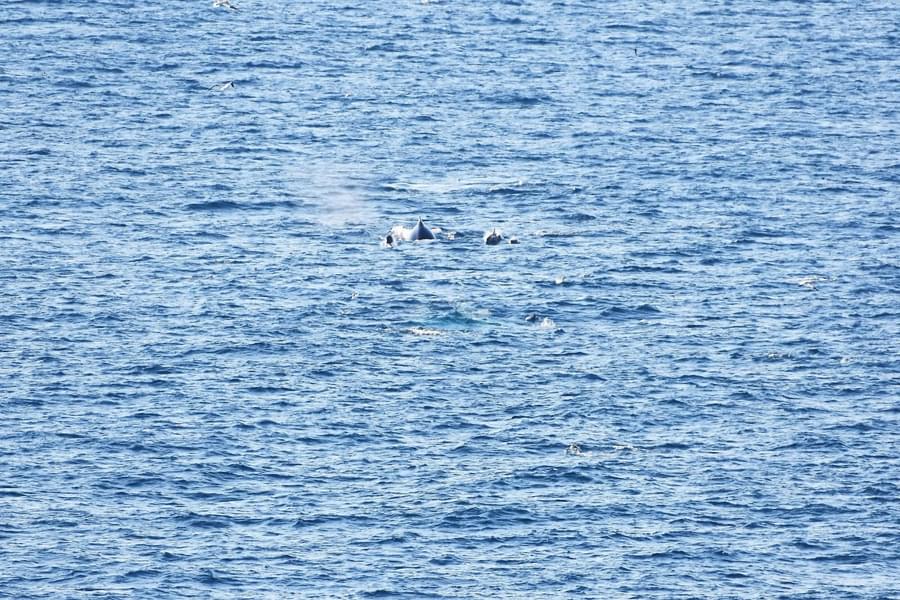Over the course of the summer I’ve had the privilege of being the Ocean Conservationist based around the Hebrides on the west coast of Scotland. During these months, I’ve had a great time showing the passengers onboard ferries operated by Caledonian MacBrayne all manners of cetaceans found around the seas of the Hebridean isles. Whilst our experiences with the whales, dolphins and porpoises in the area have been of both a scientific and entertainment nature, where we gleefully watch dolphins playing in the ship's wake or gaze in awe as a minke whale breaches from the water, the relationship between the west coast island’s human inhabitants and these animals hasn’t always been so benign.

On the south end of the Isle of Harris, you can find the old derelict remnants of Bunavoneader (Bunabhainneadar) one of Scotland's last operating whaling stations. Built in the early 1900s the Norwegian run station operated until it was closed in 1929 before being briefly opened again in the 1950s, where a single ship was operated capturing over 50 whales over a two year period before finally closing for good. Whilst in modern times whaling is largely seen as unnecessary and inhumane, highlighted by a worldwide moratorium in the 1980s calling on the cease of whaling around the globe, back then it would have been viewed as a regular way of life akin to farming, hunting and fishing.
Whilst there is an obvious difference in the goals of my work and the work of the whalers of a century ago we do share one thing in common - an interest in where the whales are and how many there may be in an area. From a data standpoint, whaling records are one of our only points of evidence to help us estimate what populations may have been before industrialised whaling. It’s estimated from catch records that as many as 9,996 whales were taken in Scotland between the years of 1903 and 1951 consisting of eight different species. The most commonly taken whales were fin (6,859, 68%), sei (2,312, 23%) and blue (501, 5%) but also notable is the record of 100 right whales taken in that time, a species that is now thought to be extinct in northeast Atlantic waters.
Whilst these numbers can make for some grim reading, they could also point to a more hopeful future for the animals. Reports of large baleen species such as the humpback, sei and fin whales have been increasing over the last few years and it could be that the increase in sightings is due to the populations finally recovering to the numbers we see from these records with the animals finally being given a chance to thrive in the area once again.

The relationship with cetaceans has also changed around the islands to one more of natural curiosity rather than mere financial gain, although this still persists with wildlife tourism growing massively in the area, benefiting from the animals presence. Locals and visitors alike are all very active in both spotting and recording animals through various citizen science groups as well as on social media platforms boasting over 13,000 members. These platforms aid in outreach, education and conservation of the species and attract people from all over the globe to come and spot the whales, dolphins and porpoises we find in our waters.
Only time will tell whether the rise in numbers of the larger baleen species will persist, but for now there is reason for hope around the area. With more stringent protections put in place over the last few years the area could develop into a haven of great importance to the animals. We can only hope that we have learned lessons from our whaling past and that they are allowed to thrive in our waters as they did in centuries past.
Craig Mackie, ORCA Ocean Conservationist in the Hebrides

